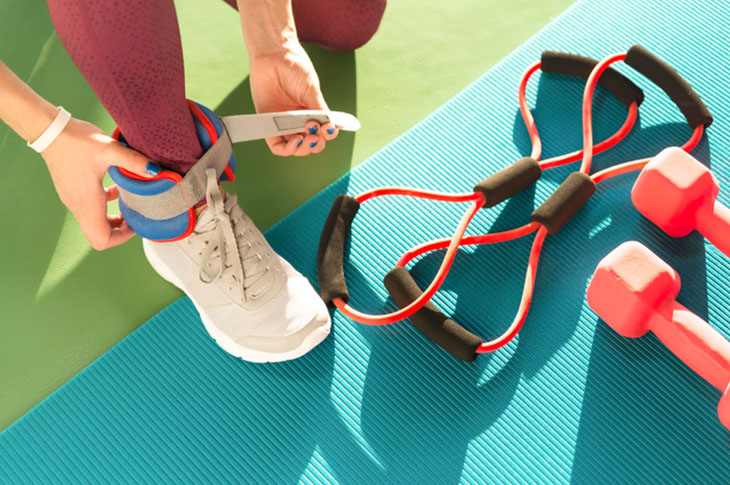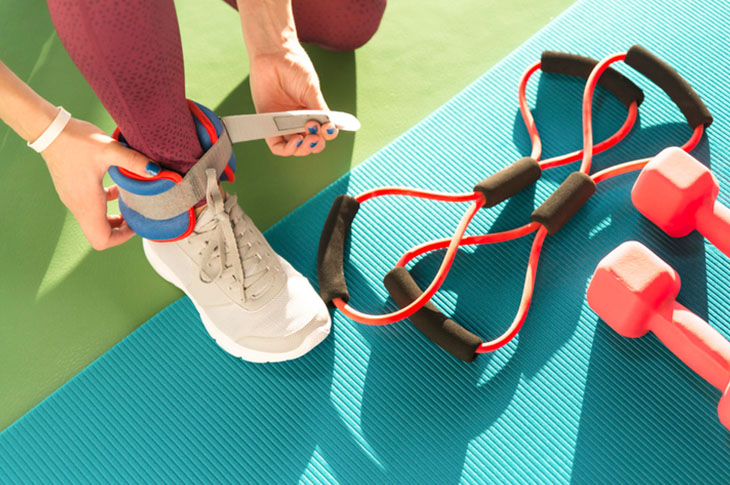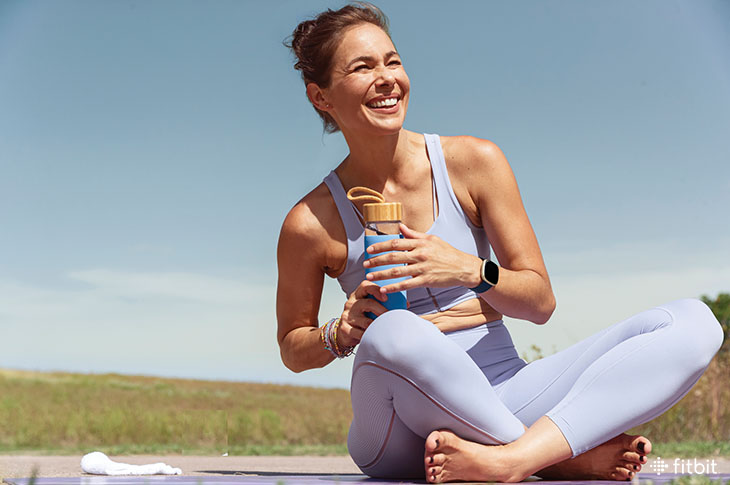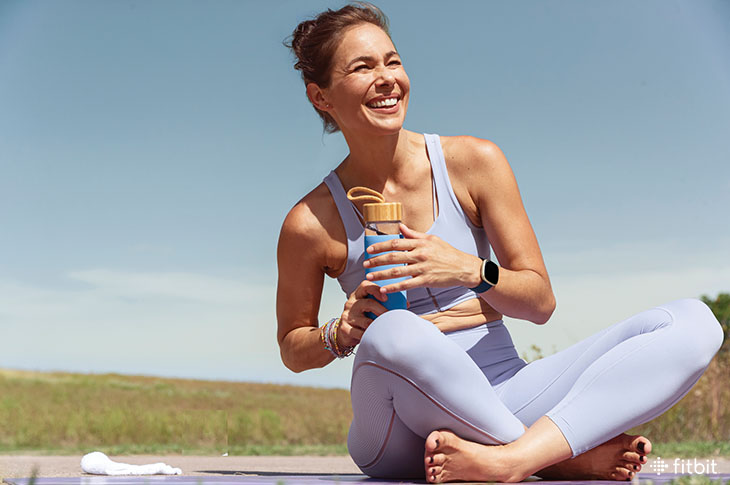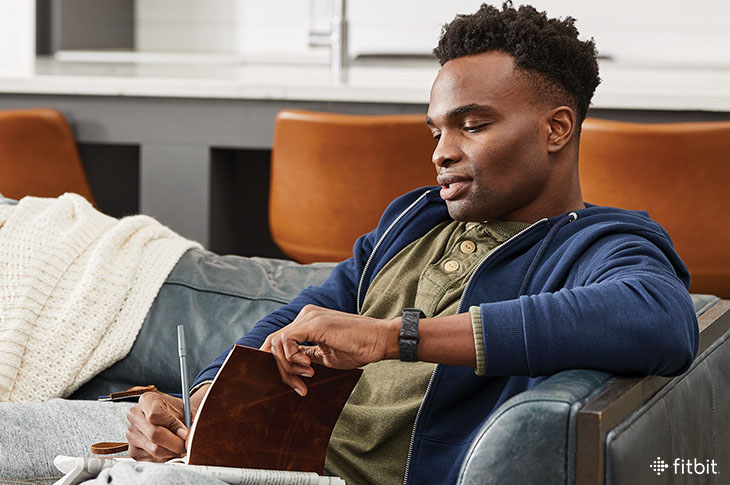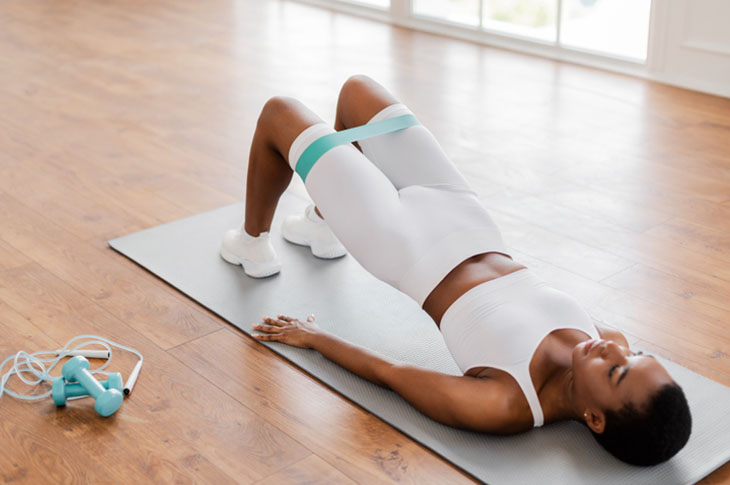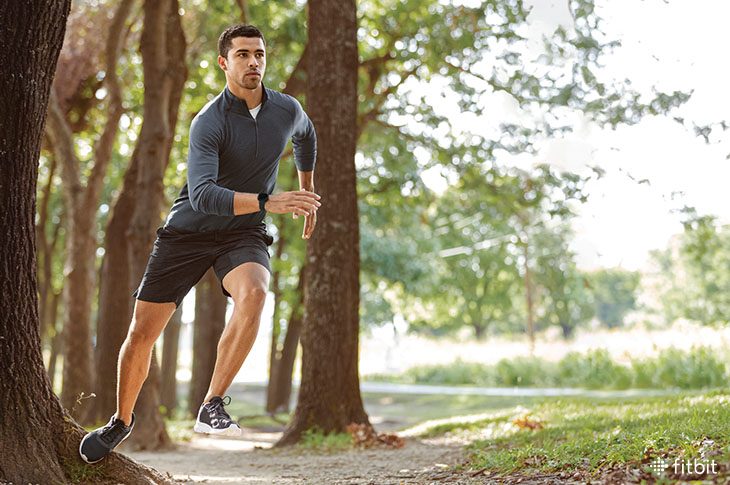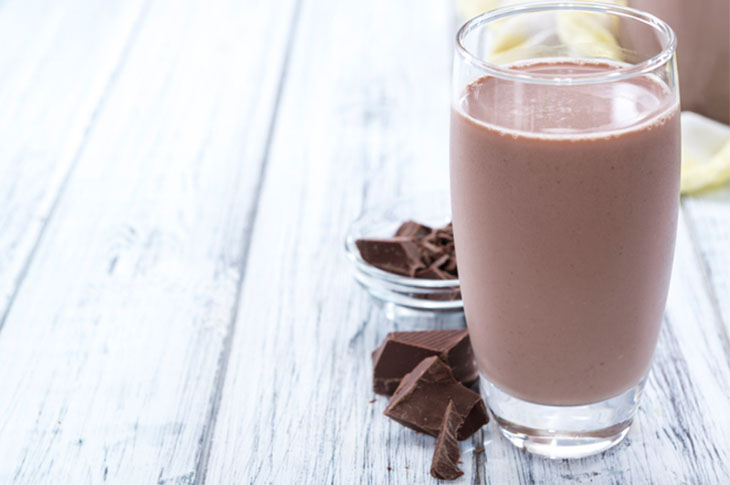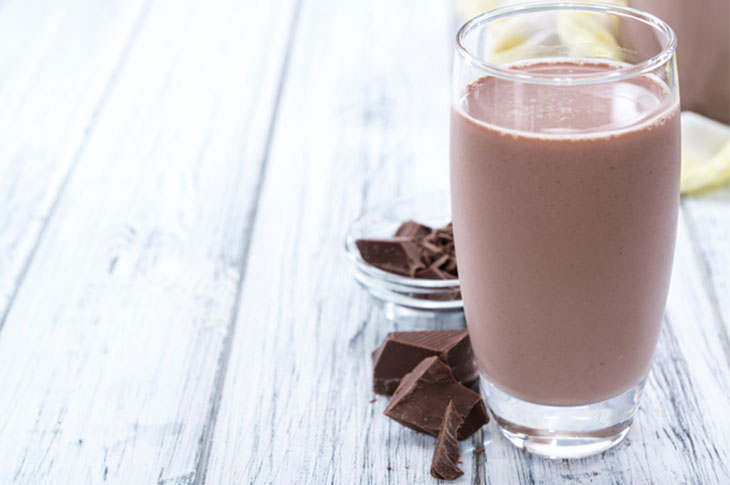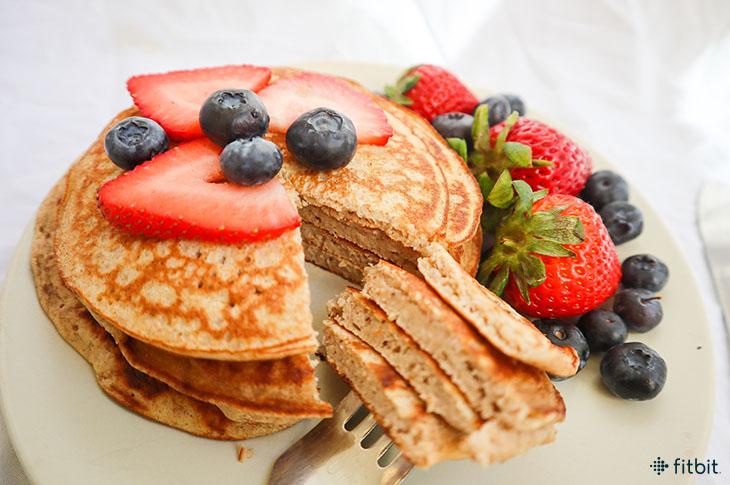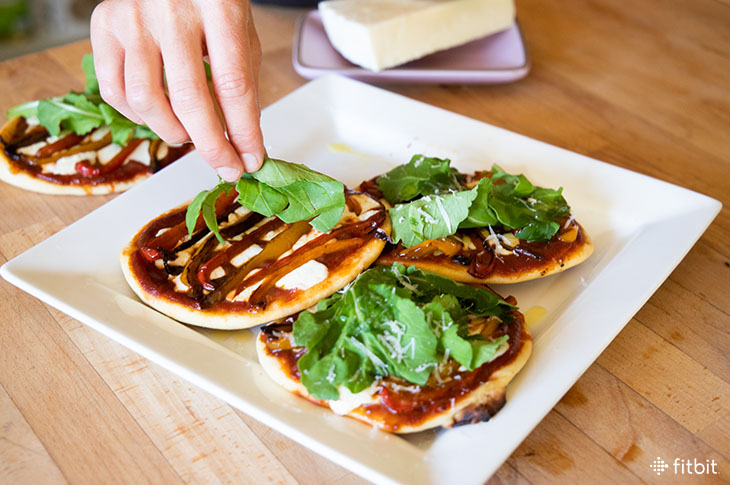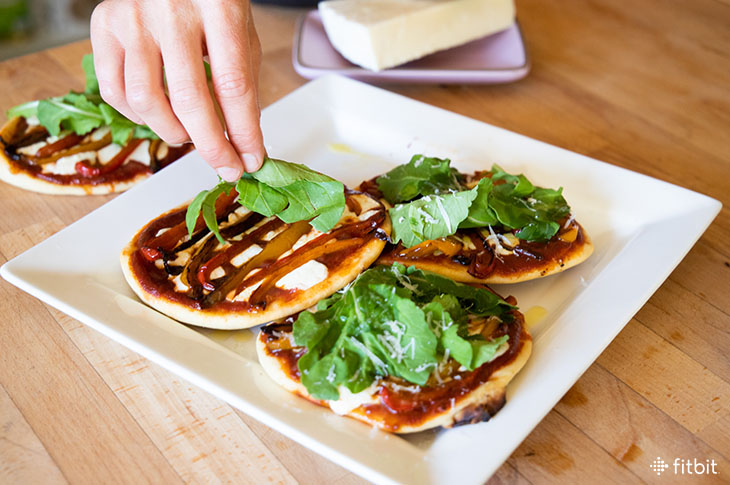
There are many ways to celebrate Earth Day on April 22, but one notable one in particular is through the practice of earthing. Earthing (also known as grounding) is the practice of walking or standing barefoot on the earth, or swimming in a lake or ocean, in order to connect to its innately healing energies.
You probably know the feeling—the urge to kick off your shoes and dig your feet into the grass when you’re in an open field or run towards the ocean when you get to the beach. It’s one of the most natural and oldest wellness practices in the game. Turns out, this practice may actually come with some unexpected health benefits too.
Keep reading to learn more about earthing, its benefits, and how to practice it.
What is earthing?
The earth’s surface holds a tremendous amount of natural energy called electrons. Grounding the human body for health, aka earthing, is the practice of tapping into this natural energy and transferring these electrons into your body through direct contact with your skin. In other words, once you make contact with the earth, you become connected to its endless flow of free electrons.
“The earth is naturally negatively charged, which means it has an abundance of free electrons,” says Kate Bernhardt, owner and founder of Ultimate Longevity. “When we are grounded, we are able to absorb these free electrons as needed in order to neutralize damaging free radicals, reduce inflammation, and support many other vital functions of the human body.”
The origins of earthing and its benefits date back thousands of years and have been recognized throughout history. “It’s nature’s design that living things walk (or crawl) barefoot on the ground, sleep bare skin on the ground, or live their lives in the ocean or another natural body of water,” says Bernhardt. “This was the way life existed for millions of years.”
However, eventually, people started to construct homes where we were no longer grounded when we were indoors. But even then, Bernhardt explains, shoes once had leather soles, which allowed us to be grounded whenever we walked outside. It wasn’t until the 1960’s that shoes with synthetic rubber soles became widely available, and once these were adopted, people were rarely grounded anymore.
“Although in the West we long forgot the importance of being grounded, many other cultures have always remembered how vital it is for our health to be in direct contact with the Earth,” says Bernhardt.
Fast forward to the 1990’s, when Grounding Movement innovator and author of Earthing: The Most Important Health Discovery Ever?, Clint Ober, started researching the health benefits of grounding. This was when the modern revival of the practice started gaining popularity.
What are the benefits of earthing?
Although scientific research for earthing has only begun in recent years, the results are already showing a promising connection between the practice and improvements in health issues.
“The most immediately noticeable effect people report from being earthed/grounded is that they ‘feel better’,” says Emma Archer from Groundology. “Scientific studies have shown that earthing can also prevent or reduce inflammation, facilitate healing, lower stress, improve sleep, and reduce pain.”
Some other impressive health benefits may include decreased cortisol, anxiety, and depression, improved mood, thyroid function, and other hormonal production and immunity.
How to practice earthing
Anyone can practice earthing and everyone should practice some form of it. Here’s how to get started:
Stand barefoot in a natural landscape. “Earthing can be as simple as going outside and putting your bare feet or hands in some grass or earth, or going swimming in a natural water source,” says Emma. To get the most out of your earthing session, try 30 minutes at a time, which should be enough time to ease any tension or stress.
Go for a walk barefoot (safely!). Go for a walk barefoot in grass, soil, or sand but remember to be aware of your surroundings and make sure it’s safe to walk without shoes.
“There are also important safety considerations that must be taken into account when selecting an outdoor location to ground, such as avoiding areas that may have recently been treated with pesticides or other toxic chemicals that could be absorbed through your skin while you ground,” says Bernhardt.
The good news is that you don’t need to be in a forest everyday to reap the benefits—just touching a small patch of grass will do the trick. The main takeaway is that being outside in greenery calms us down and cheers us up. Happy earthing!
The post What is “Earthing”? Find Out How You Can Do It—and Become More Grounded appeared first on Fitbit Blog.


